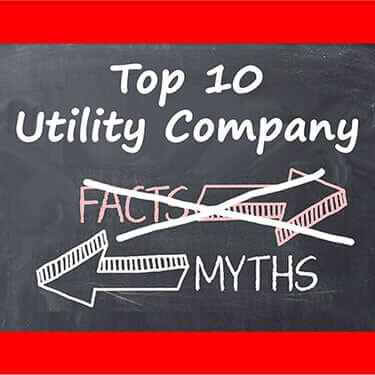Electric utilities got their start in the U.S. in the 1880s. Thomas Edison began transmitting DC power as he literally illuminated the world. Then George Westinghouse (with help from Nikolai Tesla) deployed a better way of delivering electricity with AC power. Both Edison and Westinghouse went on to build tremendously successful companies, aptly named General Electric and Westinghouse Electric respectively. Although dominant in the 20th century, both companies have struggled in the 21st century.
Without a doubt utilities strive to deliver reliable and affordable power all over the world. But new technologies — particularly wind, solar and battery storage — are making the conventional utility business model obsolete. Customers are able to purchase and maintain their own power plants for less money than it costs a utility to centrally generate power and transmit it to every building. There is no doubt in my mind that over the next 20 years we will transition to a network of microgrids supported by some type of intelligent power distribution system.
What we knew and (some of us) loved about conventional utilities is changing. And utilities are fighting back — hard — to maintain their power supply monopoly. So here are Ten Electric Utility Company Myths — some of which were based on fact, and some were simply PR spin.
1. Myth: Utility profits are decoupled from selling electricity
2. Myth: Solar shifts costs to disadvantage ratepayers
3. Myth: Utilities support energy efficiency, we offer rebates
4. Myth: Utilities like EVs. They get to sell a lot more electricity
5. Myth: Utilities like Solar and Battery Storage
6. Myth: Utilities are a public monopoly working for ratepayers
7. Myth: Solar reduces electricity costs
8. Myth: Safety is a utility’s #1 concern
9. Myth: public utilities are the only way to provide reliable and affordable electricity
10. Myth: Solar will disrupt the grid at high penetration levels
Listen up to this week’s Energy Show as we go into detail on each of these myths — and explain their implications on ratepayers and competing power industries.

